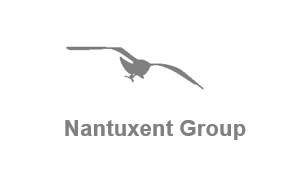I’ve been wrestling with this issue in my accounting practice and rural marine business and spent some time investigating to learn more.
I skimmed a handful of articles from Indeed, Openstax, 4Pricing.pro and Ca.Indeed on the topic, and none addressed what I was hoping to learn. It is clear that pricing policy can serve either internal or external purposes, or both. I was particularly focused on the external purposes since I am opening a new accounting office this week in the downtown of a small working-class city in rural New Jersey; I want to start out on the right foot .
It seems to me that the dominant purpose of a published pricing policy is to boost communication. This would include conveying information, increasing transparency, boost customer and stakeholder confidence, and even allow some prospective customers to disqualify themselves. I see little written on that last one, but I find it important in my practice.
The starting point for this exercise was the knowledge that I chose the design and structure for each of my businesses so that I could offer high value. That’s the core of my business existence. In theory, that translates to a pricing advantage conveyed publicly in a published pricing policy. But that is true only if the pricing policy is communicated the right way to the right people. If I don’t do this, then the advantage is lost.
The second point: virtually every marketing advisor I’ve worked with has advised to not publish a pricing policy. I’ve worked both with and without one. I see more downside in not using a published pricing policy. In my rural lower income area I attract too many who use the logic “I’ve been paying (low number” since Gerald Ford was president”. That logic simply does not work for anyone. I felt that the benefits of ‘educating’ a prospective customer on costs – and allowing some to disqualify themselves prior to our expending the cost of a sales offer – probably outweighs any negative.
An example I’ve used in conversation this past week is Freedom Boat Club. This company brings a phenomenal value to their customers who love boating. But it is not worth consideration if you don’t have $5000 free cash for your boating hobby. It’s best to know that right up front. Few of our traditional rural ‘boat in the backyard’ NJ working class boaters can justify this expense. A better marketing approach, IMO, is to quickly rule out that option and move on to ‘what else you got?’. In accounting, the industry is fond of the three tier level of pricing (in private rather than published) pricing models.
My conclusion: I will continue to use and refine a published pricing policy that focuses on three things: 1) the reality of what things cost today, 2) ways to solve your situation within your budget, 3) why my model may provide higher value than other options.

